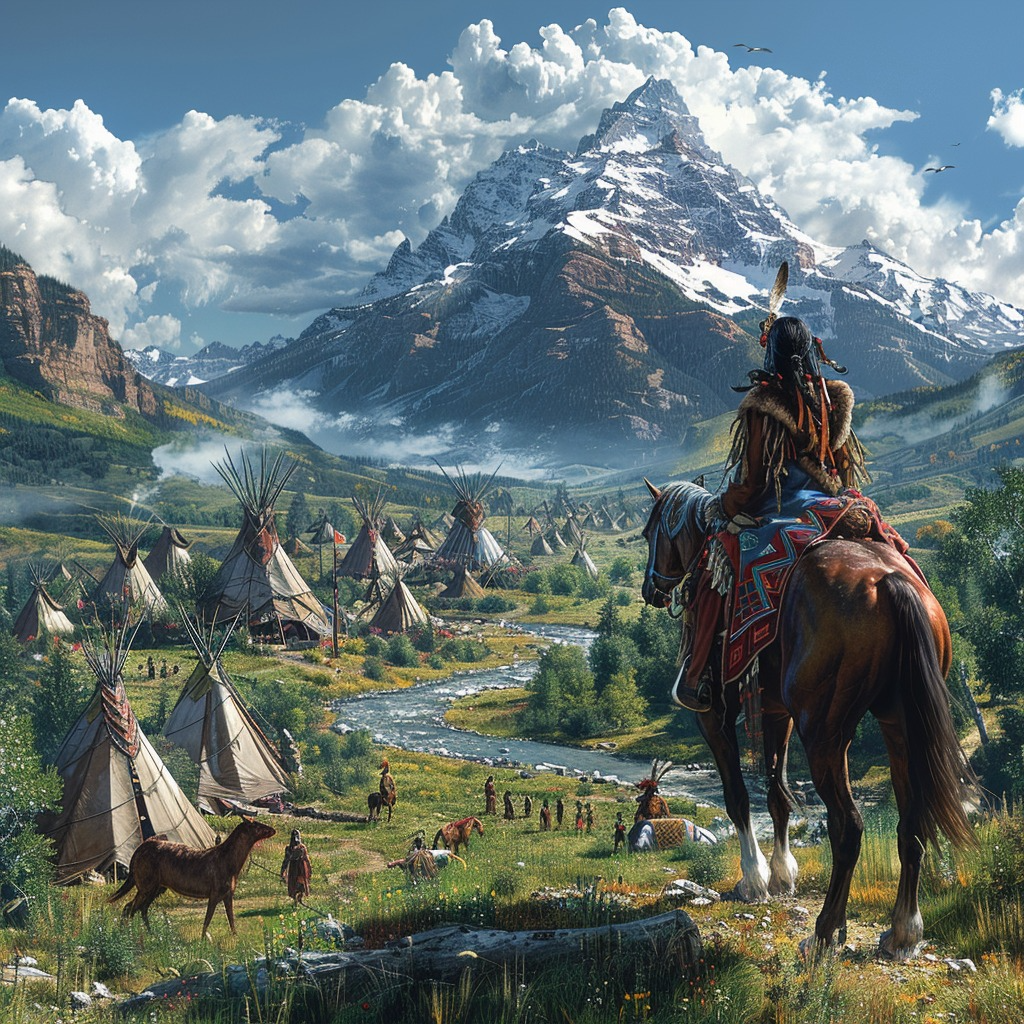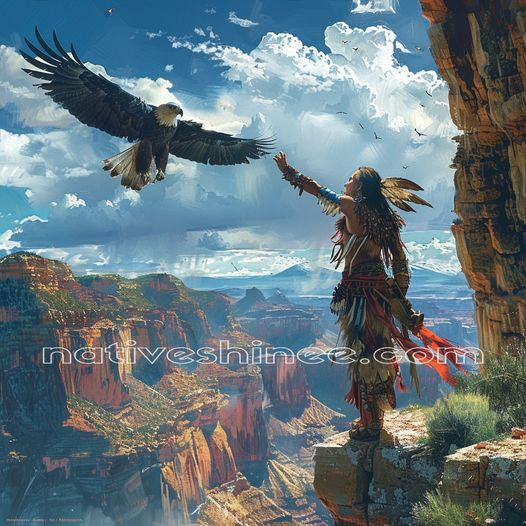The bison, often referred to as the buffalo, holds a place of profound significance in Native American culture. These majestic creatures were more than just a source of sustenance; they were integral to the spiritual, economic, and social fabric of many Native American tribes.

Understanding the relationship between Native Americans and bison provides insight into the deep respect for nature and the interconnectedness of all life that defines Native American heritage. This exploration delves into the historical, spiritual, and contemporary importance of bison, highlighting their enduring legacy.
Historical Significance of Bison
1. The Role of Bison in Tribal Economies
Bison were central to the economies of numerous Native American tribes, particularly those of the Great Plains. Tribes such as the Lakota, Cheyenne, and Blackfoot depended heavily on the bison for their survival. These animals provided not only food but also materials for clothing, tools, and shelter. The bison were a mobile resource, perfectly suited to the nomadic lifestyle of many Plains tribes, who followed the herds across vast territories.

2. Bison in Daily Life
Every part of the bison was utilized, reflecting a deep respect for the animal and an efficient use of resources. The meat provided nourishment, while hides were used to make clothing, blankets, and tepees. Bones were fashioned into tools and weapons, and sinew was used for sewing. The bladder and stomach were used to carry water, while the fat was rendered into soap and cooking oil. This comprehensive use of the bison ensured that nothing went to waste, embodying a sustainable approach to living in harmony with nature.

Spiritual and Ceremonial Importance
1. Bison in Native American Mythology
Bison hold a sacred place in Native American mythology and spirituality. Many tribes believe that the bison were a gift from the Great Spirit, sent to provide for their needs. In Lakota creation stories, the bison emerged from the earth to sustain the people. This deep spiritual connection is evident in various myths and legends, which often portray the bison as a symbol of abundance, strength, and survival.

2. Ceremonial Uses of Bison
Bison were also central to many Native American ceremonies and rituals. The Sun Dance, a pivotal religious ceremony among Plains tribes, often involved the use of bison hides and skulls. Bison were seen as intermediaries between the physical and spiritual worlds, and their sacrifice during these ceremonies was believed to ensure the prosperity and well-being of the tribe. The bison's role in these rituals underscores their spiritual significance and the reverence with which they were regarded.

The Impact of Colonization and Near-Extinction
1. Decline of Bison Populations
The arrival of European settlers brought dramatic changes to the landscape and the lives of Native Americans. One of the most devastating impacts was the near-extinction of the bison. By the late 19th century, commercial hunting, driven by the demand for bison hides and meat, had reduced the population from tens of millions to fewer than a thousand. This decimation was not only an ecological disaster but also a deliberate strategy to undermine Native American cultures, which relied so heavily on the bison.
2. Cultural and Social Consequences
The near-extinction of the bison had profound consequences for Native American communities. The loss of this crucial resource led to widespread starvation and forced many tribes to abandon their traditional ways of life. The cultural dislocation and economic hardship that followed were immense. Despite these challenges, Native American tribes demonstrated remarkable resilience, adapting to new circumstances while striving to preserve their cultural identity.

Modern Conservation Efforts
1. Bison Restoration Projects
In recent decades, significant efforts have been made to restore bison populations and their habitats. These conservation initiatives have been led by a coalition of Native American tribes, government agencies, and conservation organizations. Projects such as the InterTribal Buffalo Council have worked to reintroduce bison to tribal lands, promoting ecological restoration and cultural revitalization. These efforts aim not only to save the species but also to reconnect Native Americans with a vital part of their heritage.

2. Cultural Revival and Bison
The restoration of bison herds has also sparked a cultural revival among Native American communities. Reconnecting with bison has allowed tribes to revive traditional practices and ceremonies, fostering a sense of pride and identity. Educational programs and cultural events centered around bison have helped to strengthen community bonds and pass on traditional knowledge to younger generations. This cultural renaissance underscores the enduring significance of bison in Native American heritage.

Personal Stories and Perspectives
1. Voices from the Community
Personal stories and reflections from Native American individuals highlight the deep connection between their communities and the bison. For example, Jason Baldes, a member of the Eastern Shoshone tribe, has been instrumental in reintroducing bison to the Wind River Reservation in Wyoming. Baldes speaks passionately about the spiritual and cultural significance of bison, describing them as a symbol of resilience and continuity. These personal narratives offer valuable insights into the ongoing relationship between Native Americans and bison.

2. Conclusion
The bison's significance in Native American heritage is multifaceted, encompassing historical, spiritual, and cultural dimensions. Despite the challenges posed by colonization and the near-extinction of bison, Native American tribes have demonstrated remarkable resilience and dedication to preserving this vital part of their heritage. Modern conservation efforts and cultural revival initiatives underscore the enduring bond between Native Americans and bison, highlighting the importance of respecting and supporting these initiatives. By understanding and appreciating this sacred connection, we can contribute to the preservation of both cultural heritage and wildlife.

3. Additional Resources
- Suggested readings: "American Buffalo: In Search of a Lost Icon" by Steven Rinella, "The Buffalo and the Indian: A Shared Destiny" by Dorothy Hinshaw Patent
- Organizations to support: InterTribal Buffalo Council, National Wildlife Federation
- Online resources: Smithsonian National Museum of the American Indian, Native American Heritage Association

The rich heritage of Native Americans and their sacred connection to the bison remind us of the importance of living in harmony with nature and preserving our cultural legacies.





